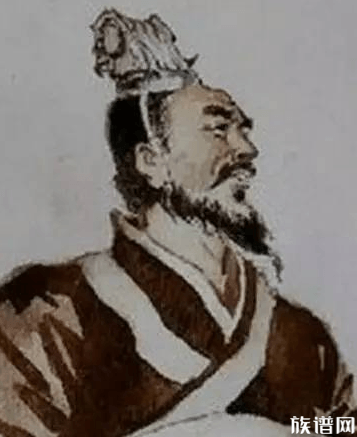旋花科
形态
草质或木质藤本,有时有乳液。茎通常是缠绕茎,旋花科的名字是以拉丁文convolvere(缠绕)而命名;单叶互生,全缘或分裂,有时缺,没有托叶;花腋生、单生或为聚伞花序,两性,辐射对称,有苞片,花萼5裂宿存,花冠通常钟状或漏斗形,雄蕊5枚着生于花冠管上,子房上位2-3室,每室有胚珠2枚,花柱通常单生;果实为蒴果,2-4瓣裂、盖裂或作不规则开裂,很少为浆果;4-6粒种子。
族
根据D.F. Austin 研究(见参考资料),旋花科可被分类为这些族:
伊立基藤族 Ericybeae
Cresseae
Cardiochlamyeae
旋花族 Convolvuleae
菜栾藤族 Merremieae
番薯族 Ieae
心萼薯族 Aniseieae
Maripeae
马蹄金族 Dichondreae
娥房藤族 Jacquemontieae
菟丝子族 Cuscuteae(旧时也被分出为菟丝子科)
属
延伸阅读
Austin, D. F. (1973) The American Erycibeae (Convolvulaceae): Maripa, Dicranostyles, and Lysiostyles I. Systematics. Ann. Missouri Bot. Gard. 60: 306-412.
Austin, D. F. 1997. Convolvulaceae (Morning Glory Family)
Convolvulus plant
ConvolvulaceaeinL. Watson and M.J. Dallwitz (1992 onwards). The families of flowering plants.
Austin, D.F. 2000. Bindweed (Convolvulus arvensis, Convolvulaceae) in North America—From medicine to menace. J. Torrey Bot. Soc. 127:172-177
Costea, M. 2007-onwards. Digital Atlas of Cuscuta (Convolvulaceae)
Lyons, K.E. 2001. Element stewardship abstract for Convolvulus arvensis L. field bindweed. The Nature Conservancy.[1]
Calif. Dept. of Food and Agriculture. Undated. Field bindweed (Convolvulus arvensis L.).[2]
Univ. of Idaho Extension. 1999. Homewise: No matter what we do, our morning glory weeds come back every year. Any advice? Aug. 23.[3]
Hodges, L. 2003. Bindweed identification and trol options for organic production. NebFacts. Univ. of Nebraska – Lincoln Cooperative Extension.[4]
Univ. of California Agriculture and Natural Resources. 2003. Field Bindweed. Pest Notes. Publ. # 7462.[5]
Washington State Univ. Cooperative Extension. Undated. Hortsense: Weeds: Field bindweed (Wild morningglory): Convolvulus arvensis.[6]
Sullivan, P. 2004. Field bindweed control alternatives. ATTRA. National Sustainable Agriculture Information Service.[7]
Lanini, W. T. Undated. Organic weed management in vineyards. University of California, Davis Cooperative Extension.[8]
Cox, H.R. 1915. The eradication of bindweed or wild morning-glory. U.S. Dept. of Agriculture Farmers’ Bulletin 368. Washington, D.C.: Government Printing Office.
Littlefield, J.L. 2004. Bindweeds. In Biological control of invasive plants in the United States, ed. E.M. Coombs et al. Corvallis OR: Oregon State Universityy Press. Pp. 150-157.
New Mexico State Univ. Cooperative Extension Service. 2004. Managing Aceria malherbae gall mites for control of field bindweed.[9]
Cox, Caroline. 2005. Coping with field bindweed without using herbicides. Journal of Pesticide Reform 25(1): 6-7
免责声明:以上内容版权归原作者所有,如有侵犯您的原创版权请告知,我们将尽快删除相关内容。感谢每一位辛勤著写的作者,感谢每一位的分享。

- 有价值
- 一般般
- 没价值



24小时热门
推荐阅读

关于我们

APP下载





































